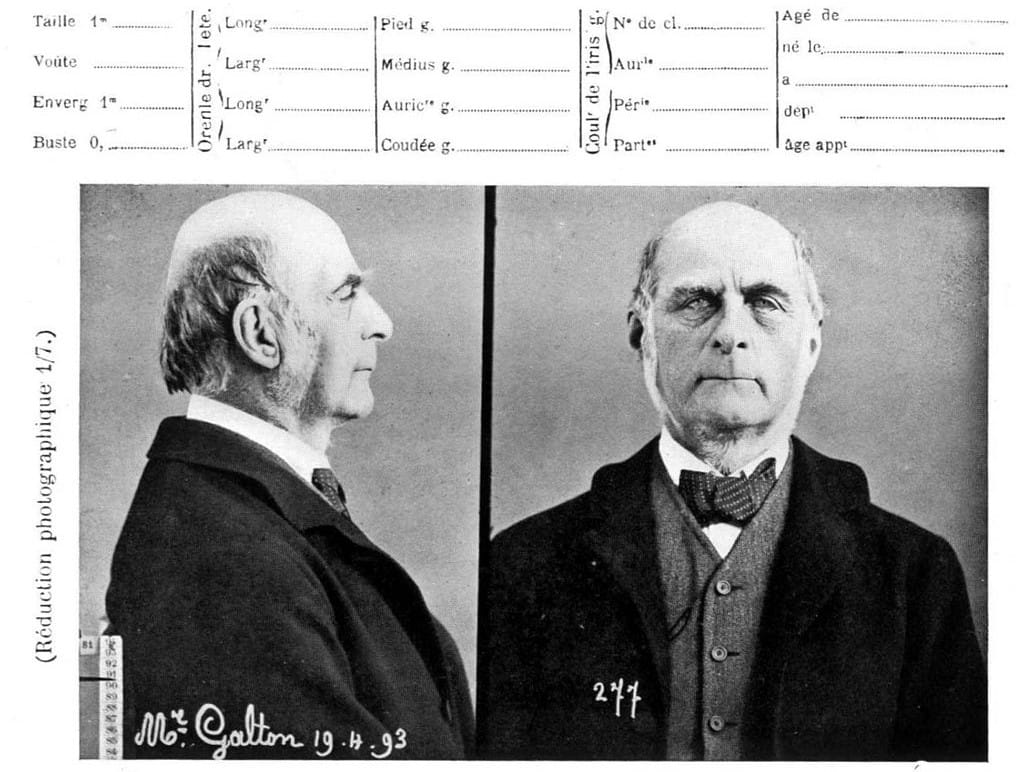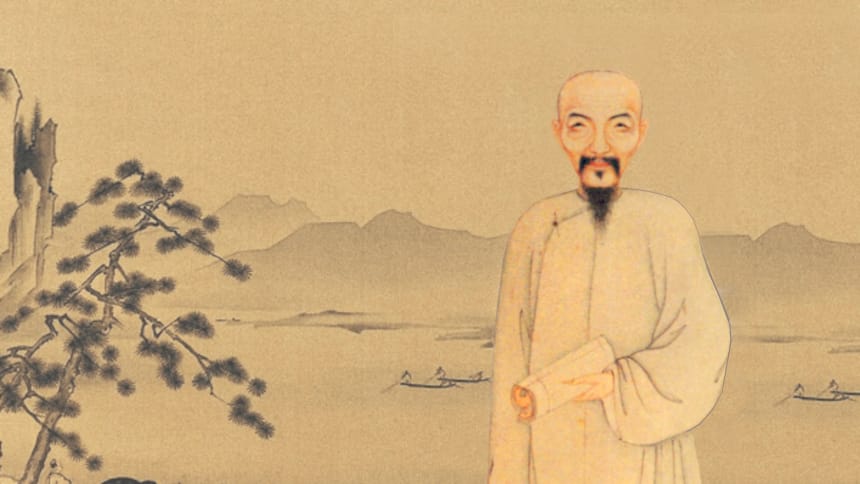Kerim's Triptych for Sunday, August 11th, 2024

Welcome 👋 to Kerim's Triptych, a free newsletter that delivers three fabulous links to your inbox, two or three times a month. (If you didn't intend to subscribe, or you don't want to receive these anymore, there is an unsubscribe link at the bottom.)
1️⃣ Hobbit Camps

for thousands of Italian fantasy fans, hobbits are the symbol of a radical movement to reimagine fascism and restore far-right movements to glory
I was surprised to learn this too! It has to do with Giulio Cesare Andrea "Julius" Evola (1898 – 1974), an Italian far-right philosopher, who is having a revival now thanks to the American Alt-Right.
In 1977, leaders from Italy’s far right party and youth movement planned to change that. They proposed a fascist Woodstock, a two-day “back to nature” retreat organized around the celebration of Tolkien’s work. They called it “Camp Hobbit.”
Read more in this article by John Last which was originally written in 2017, when "members of Italy’s new New Right organized 'Campo Hobbit 40,' an attempt to resurrect the spirit of the original camp on its fortieth anniversary."
2️⃣ The “Correlation” Between Statistics and Eugenics

Everyone knows that correlation is not causation, but did you know that the early founders of eugenics worked very hard to develop the study of correlation precisely because they were unable to prove causation?
Since its introduction over a century ago by statistician-eugenicists Francis Galton, Karl Pearson, and Ronald Fisher, correlation has been put to the exact purpose that students are now—at least in theory—warned against: drawing causal conclusions where only observational data exists. Often, as in the work of those statistical titans, this deliberate conflation has served political agendas, including eugenicist ones. The eugenics movement was built out of correlations. . . . Correlation was the solution to a practical problem faced by all three men: they wanted to argue for radical eugenicist proposals like selective breeding that would favor accomplished elites (people like themselves) and dilute the contributions of those they deemed unfit, such as poor people, criminals, or people with disabilities. At the same time, they wanted such proposals to come across as inescapable consequences of the data itself. This was, of course, strictly impossible—no such programs had ever been implemented before, and so no amount of pure observation could show whether they would succeed. Instead, the eugenicists needed a way to guide their audiences to particular conclusions beyond the data while appearing to have no hand whatsoever in the guidance.
Read more in this LARB piece by Aubrey Clayton.
3️⃣ Real Life in the Capital

Long time readers of this newsletter will know of my interest in scams and scammers, so of course I enjoyed this short story of scams and scammers in 18th century urban China. I first heard it on Chris Stewart's History of China Podcast, but for the newsletter I'm linking to a text version of the story.
Ji Yun 紀昀 (1724-1805) was an acclaimed Chinese writer, scholar, and politician, who also served as chief editor of the imperial Four Ways of Knowing Library Project—the largest collection of Chinese writing ever assembled. As chief editor, Ji Yun was charged with censoring texts at odds with the Chinese emperor’s staunchly anti-supernatural and socially conservative intellectual sensibilities. In his later years, Ji Yun quietly rebelled against this role by writing the five-volume collection, Notes on the Subtle and the Strange. It includes his memoirs about his personal experiences with the supernatural and dozens of works that parody the morality of the Qing dynasty. “Real Life in the Capital” is drawn from these works.
Endnote
❤️ Enjoying Triptych? Let your friends know! Encourage them to sign up via the Triptych website.
💬 Or maybe you'd consider writing a short endorsement for the "kudos" page? You can just email it to me, or fill out this Google form.
💰 Last, but not least, you can also show your appreciation by becoming a sponsor. A big shout-out to my current paid subscribers, whose contributions keep this place running — and help keep me motivated.
Thank you!

Member discussion